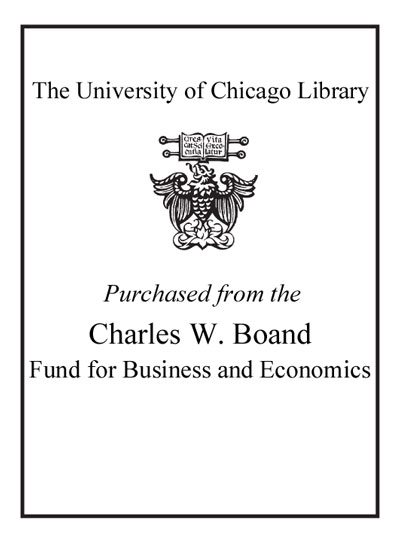Review by Choice Review
Stein (Univ. of Michigan) presents a fascinating analysis of World Bank policies and lending, focusing primarily on the theory and practice of structural adjustment. The book has two primary tasks: 1) to critique neoclassical development economics, espoused by the World Bank and embodied in its adjustment programs, and 2) to propose as an alternative a five-part "institutional matrix" motivated by the classic work of Gunnar Myrdal. Stein argues the World Bank has become so wedded to a strict neoclassical model that apparent changes (e.g., the emphasis on institutions) are largely cosmetic and have not altered the core objectives of liberalization, privatization, and stabilization. Focusing on Africa, he attributes the poor economic record of the 1980s-90s to an economic model that erroneously assumes optimizing agents, emphasizes static concepts of comparative advantage, and minimizes the role of the state. The historical aspects of the presentation are especially interesting, as are institutional details in the chapters on financial repression and health policy. Stein identifies the World Bank's neoclassical economics focus as a veneer of technical precision intended to legitimate a preexisting US agenda; unfortunately, the book does not pursue or support this thesis in depth. Summing Up: Highly recommended. General readers; students, upper-division undergraduate and up; researchers and practitioners. C. Kilby Villanova University
Copyright American Library Association, used with permission.
Review by Choice Review

